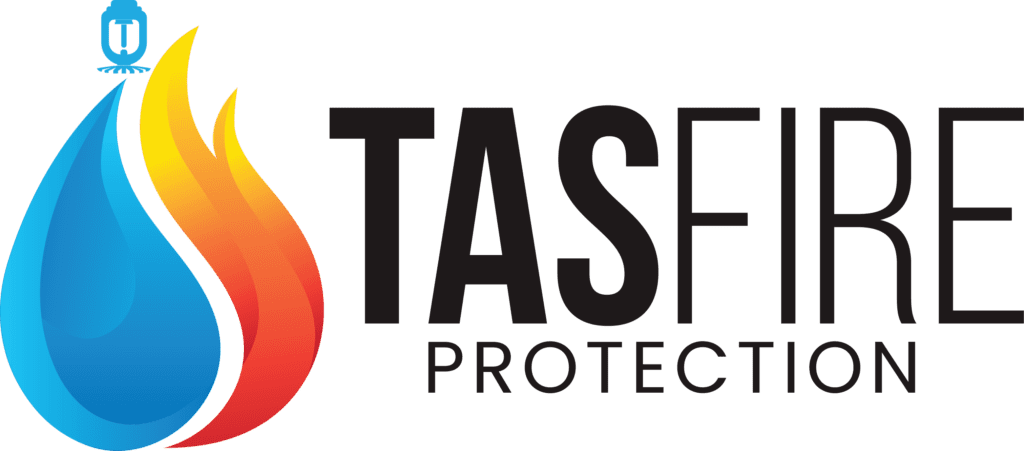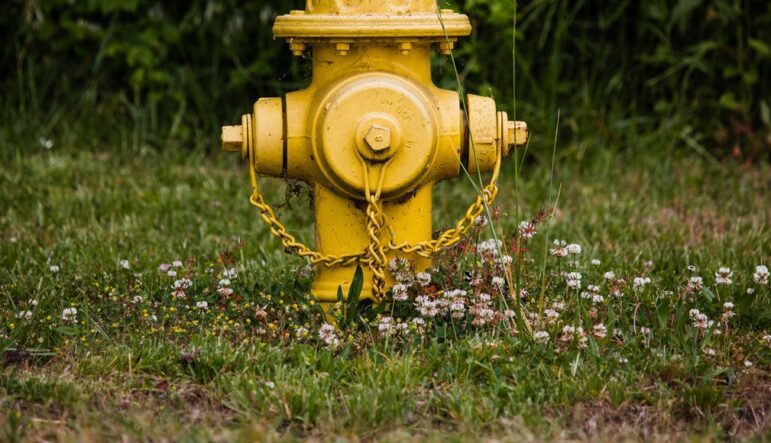Here’s Why Fire Hydrants Come in Different Colors…
What are Fire Hydrants?
Fire hydrants are devices that help the firefighters and other workers to access a source of water for protection against fire or other civil uses like street construction, sewer cleaning, street cleaning, etc. Underground fire hydrants are the most common type of fire hydrant globally. Fire hydrants are an important tool in our world as only a limited amount of water can be stored in fire trucks, which could only be adequate for small fires that happen in an open area or small buildings. Hence, when a large fire happens, the firefighters can extract the water from the nearby fire hydrant to put out the fire. This extracted water could be from public pipelines, lakes, ponds, or any other water sources that are available around the place. It is mandatory to have fire hydrants near all buildings, roadsides, houses, and other industrial areas as it makes it easier for the firefighters to tap in for water supply.
Why Do Fire Hydrants Come in Different Colors?
The National Fire Protection Association (NFPA) recommends that each and every fire hydrant should be color-coded on the basis of its capacity and water source. These color codes are known by the fire department, hence they can choose the fire hydrants as per their needs. Each color represents a different capacity and different source from which the water is being extracted. The whole fire hydrant need not be in a particular uniform color. Some fire hydrants are painted in a neutral color, and only the knob or head of the hydrant will have the representation color. As these color codes are only guidelines and not laws that have been passed, different states and countries choose different colors and different signs to represent their fire hydrants. However, some of the most important and common color codes are:
Red: The color red represents that the fire hydrant has a capacity of 500 gallons per minute or less, or we could also say that it is adequate for a two-storied house or building that is about 20 feet tall and 50 feet wide.
Orange: A fire hydrant that is painted orange has a capacity of between 500 and 1000 gallons per minute or less, and that is adequate for a four-storied building or house that is about 40 feet tall and 50 feet wide.
Green: A green colored fire hydrant or a fire hydrant that has a knob of green color indicates that the fire hydrant has a capacity of between 1000 and 1500 gallons per minute or less. This could be more than enough for a building or house that is about 40 feet tall and around 60 feet wide.
Blue: A blue-painted fire hydrant is normally said to have a capacity of 1500 gallons per minute or more. These fire hydrants can put out fires in a 4 or 5 story building that is up to 60 feet to 70 feet wide and 40 feet to 50 feet tall.
Some of the colors painted on fire hydrants represent the source of the water supply.
Yellow: The yellow-colored fire hydrants denote that the water is sourced from a public supply system, like the pipelines to houses and residential buildings.
Violet: A violet fire hydrant indicates that the water is extracted from a lake or pond nearby, or any natural water source.
Signage for Fire Hydrants in Different Countries
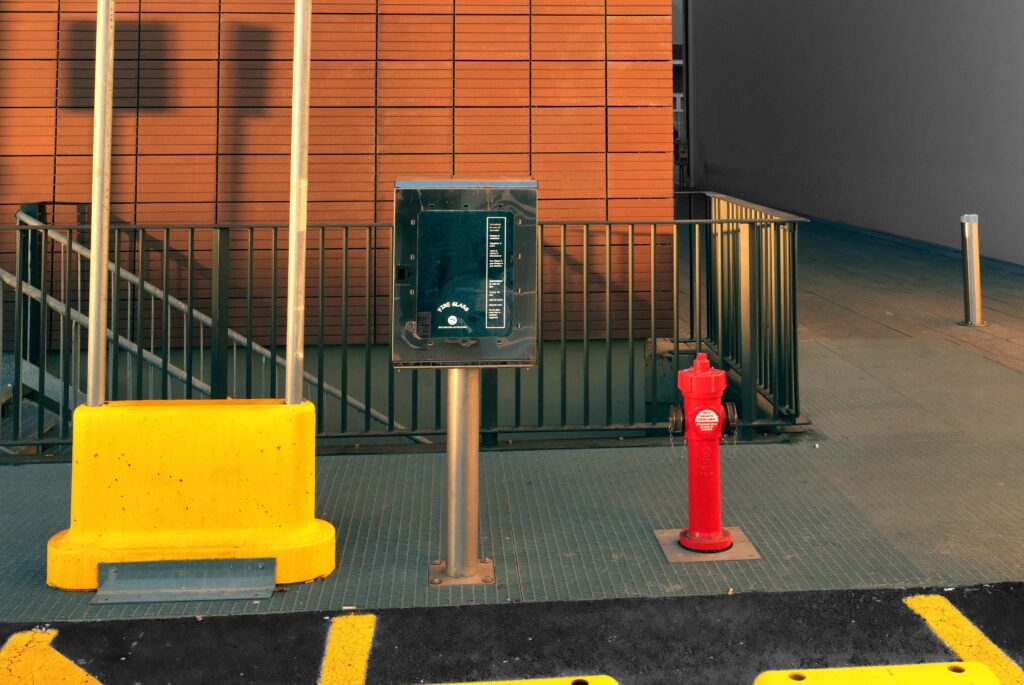
In and around Australia, there are various types of fire hydrant signage that could signify that the fire hydrants are nearby. Some of those signs are painted markers, which are normally a yellow or white triangle or arrow pointed towards the road where the hydrants could be found. Then there are hydrant marker plates that are actually installed on poles, billboards, street signs, and street fences all around the place, which denote where you could find a fire hydrant.
In Germany, the fire hydrant marker plates have a red border and point to the underground location where the fire hydrant is situated. All the marker plates have a T-shaped symbol on top of them to recognize them easily.
In New Zealand as well, there is a large yellow marker plate on the side of the road with a T-shaped symbol on it, which denotes that the fire hydrant is situated under the yellow marker plate.
In the United Kingdom, fire hydrants are located underground, and there is a large H-shaped symbol that indicates the location of the fire hydrants.
In Finland, the fire hydrant signage consists of blue signboards installed on poles, street fences, and billboards, which state how close the available fire hydrants are by pointing in every direction and naming the distance.
In France, the fire hydrants are situated underground. A red background board with a white symbol on a pole pointing downwards is installed to indicate the place where the fire hydrants are located.
In Canada, the fire hydrant signage is quite simple as it is a yellow board with an image of a fire hydrant in black color installed on a large pole on every street.
You may also like to read:
- Kitchen Fire Safety: All You Need To Know
- Fire Safety Signage – The Complete List
- Forest Fire Canada: Prevention, Precautions, and Technical Safety Measures
- The Ultimate Guide: Types of Fire Extinguishers
Types of Fire Hydrants
There are two types of fire hydrants, namely wet barrel and dry barrel. Wet barrels give immediate access to water as they are stored right under the surface of the fire hydrant. These types of fire hydrants are installed in places where there is no extreme cold climate, which could freeze the water and make it impossible for the firefighters to extract it. Whereas the dry barrels are installed in places with extreme cold as the water in the dry barrels is stored away under the earth because the earth’s inner core is warmer, and this prevents the water from freezing, hence it could be easily tapped into. Water is extracted from these dry barrels with the help of a valve. In terms of fire inspection services that is its related maintenance and repairs, wet barrels are easier to maintain and repair as they are easily accessible, whereas the dry barrel is relatively harder to repair and service.
Main Components and Parts of a Fire Hydrant
Some of the main components and parts of a fire hydrant are the bonnet, which helps to prevent water penetration and damage to the fire hydrant. A flange is a device that connects the fire hydrant to the rest of the barrel. A flange actually determines the length of the fire hydrant to make it easier for the firefighters to locate and use the fire hydrant. A stem nut helps in turning and opening the valve, and thrust blocks help in evenly distributing the hydraulic force from the barrel into the soil. A branch pipe helps in the flow of water. The recommended size of a branch pipe is about six inches. Only then can you reduce the loss of pressure and enable a steady and strong flow of water. Some other important parts in a fire hydrant are nozzles, landing valves, panels, and other necessary wiring and couplings. These parts constitute a fire hydrant, both for dry barrels and wet barrels.
Fire Hydrant and Fire Safety Rules and Regulations You Should Follow
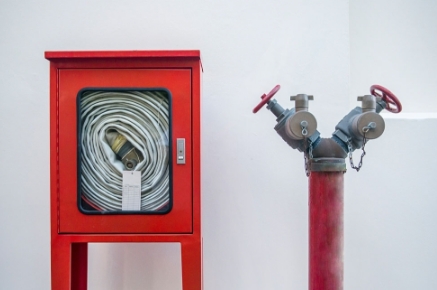
- As a responsible citizen, you should never park your vehicle in front of a fire hydrant, as that could block the path of the firefighter if there is a fire nearby.
- A fire hydrant could be provided for small detached families for their safety.
- A fire hydrant should not be more than 400 feet away from a building.
- It is mandatory to install a fire hydrant in the city between every 500 feet distance, be it on roadsides, near buildings or other places.
- Always make sure you have the necessary fire safety equipment installed in your home, like fire extinguishers, fire alarms, smoke detectors, fire sprinklers, etc.
- If you witness a fire near or far from you, immediately call the fire force or fire safety authorities.
- If you find a fire in your home, even if it is small, do not wait for the authorities to arrive. Evacuate immediately.
- Install smoke detectors and fire alarms in every room and mark your emergency exits to locate them easily.
- Make sure that at least one fire hydrant is available right around 400 feet from your house or building.
Standards and Codes Related to Fire Hydrants
There are a number of codes and standards related to fire hydrants introduced by the National Fire Protection Association (NFPA) and many other security authorities. Some of them include NFPA 1, BS 750, DIN 3222, AS 2419, FP 009, IS 3844, NFPA 291, NFPA 25 etc.
Fire safety is of paramount importance for any building. At TAS Fire Protection, we are committed to helping you keep your building safe with our state-of-the-art fire hydrant installation and fire inspection services. Our team of certified professionals have the expertise and experience to ensure that your fire hydrant system is installed correctly and functioning properly. We also provide regular inspections to make sure that all components are in working order, so you can rest assured that your building is always protected from the risk of a fire.
Contact Us (905-870-7779) for a Free Consultation!
—
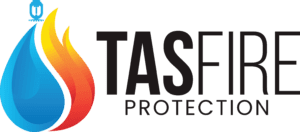
About TAS Fire Protection
TAS Fire Protection offers comprehensive and cutting-edge fire protection and security services to commercial, industrial, and high-rise properties. Our team of highly skilled professionals has years of experience in installing, maintaining, and inspecting fire alarm systems, fire sprinkler systems, fire extinguishers, fire hydrants, security alarm systems, and more. We understand that fire safety and security is essential to the protection of lives and property.
> Learn More
